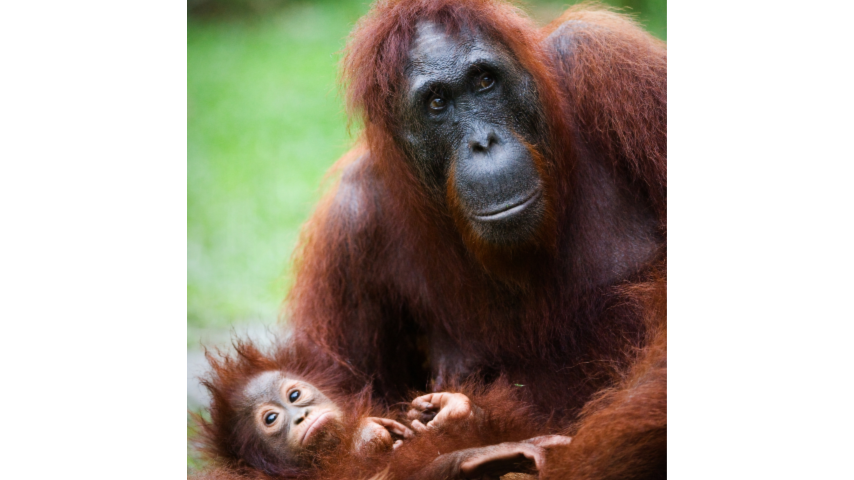Reproduction & Nutrition Industry Trends in Endangered Species
For exotic and endangered animal populations, the link between nutrition and reproductive success could be key to species conservation efforts. The challenge? There’s much to learn about that link. That’s why it’s been an area of focus for Association of Zoos and Aquariums (AZA) Species Survival Plans (SSP).
Attention to species conservation and survival has led to the rise of SSP programs. They focus on diet, habitat, enrichment, protection and reproduction to maximize the long-term sustainability of exotic species.
Through SSP efforts, research continues to identify and refine the optimal environment animals need to thrive and grow their populations. One area of research focus has been the link between nutrition and reproductive success. While exhaustive research has been done in domestic populations – many opportunities exist for research into exotic or endangered populations.
Achieving reproductive success
The AZA’s Reproductive Management Center (RMC) focuses on achieving SSP goals and managing exotic species populations. A key factor? Achieving reproductive success.
The RMC aims to help more species thrive by evaluating reproductive failures. They work to identify patterns of reproductive failure across populations and develop tools to counter those patterns. Another group, the Reproduction and Endocrine Scientific Advisory Group, addresses more specific challenges like reproductive failure in individual animals or pairs.
Some RMC initiatives include:
-
Researching the relationship between reproductive pathology and infertility.
-
Focusing on approaches to diagnose, treat and prevent infertility.
-
Research into the “use it or lose it” phenomenon.
-
Pioneering Lifetime Reproductive Planning.
-
Developing tools used by the AZA zoo community to evaluate fertility in males and females.
RMC looks at reproductive success holistically, which includes exotic animal nutrition.
Nutrition’s role in reproduction
Exotic animal nutrition is a vital contributor to the survival of endangered species around the world. In fact, tools developed by cutting-edge groups like RMC focus on nutrition as a key to reproductive success.
The Decision Tree for Infertility in Ungulates developed by the RMC specifically calls out diet and changes in the diet as a key husbandry issue related to fertility. Mineral status, feed intake and weight loss/gain can also contribute. The Clinical History Checklist for Carnivore Infertility, also developed by the RMC, notes that overall health, including weight and body condition, are impacted by nutrition.
At Mazuri, we play a vital role in helping species thrive by leading exotic animal nutrition and helping zoos and their animals achieve overall health and reproductive success.
Along with AZA’s 233 accredited zoos and aquariums, we continue to support the health and longevity of exotic animals in our communities, as well as those in their natural habitats. We tirelessly support research, conservation and educational outreach efforts – including those related to reproductive success.
Learn more about Species Survival Plans through the Association of Zoos and Aquariums. Find more industry trends and articles here.
